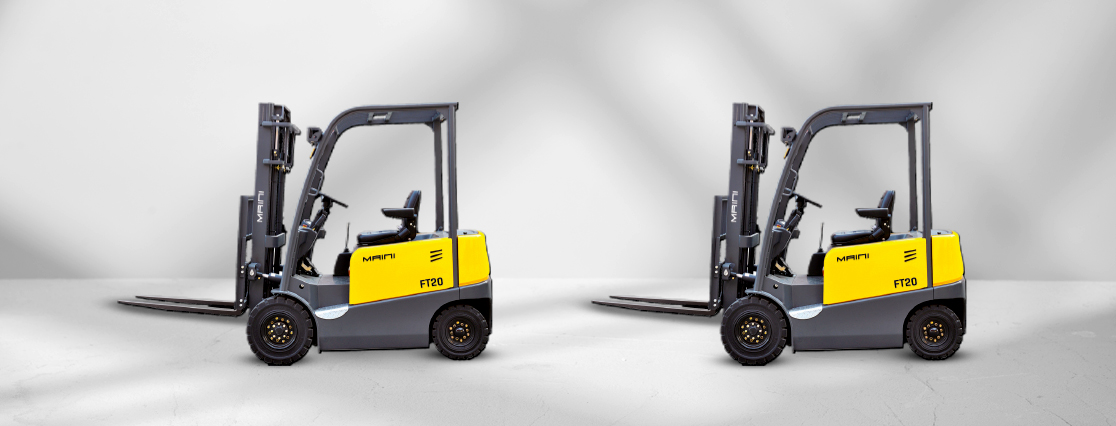Forklifts: Powering Productivity Across Industries

Forklifts are one of the most essential pieces of equipment in the material handling and logistics industries. These machines, often referred to as lift trucks, are designed to lift, move, and place heavy loads with precision and ease. They are powered industrial trucks equipped with prongs, called forks, designed to lift and transport materials. From warehouses to construction sites, forklifts streamline operations, reduce manual labour, and enhance safety, making them indispensable in modern industrial practices. They are operated by trained personnel who utilise levers and controls to lift and move goods efficiently, often saving significant time and effort compared to manual methods.
Industries Where Forklifts Are Used
Forklifts are widely used across a variety of industries due to their adaptability. Some key sectors include:
- Warehousing and Distribution: Forklifts are essential in loading and unloading trucks, organising inventory, and managing storage systems in warehouses.
- Manufacturing: From raw materials to finished goods, forklifts transport heavy components efficiently within factories.
- Construction: In construction sites, forklifts handle materials like bricks, concrete, and steel, ensuring seamless building processes.
- Retail: Large retail stores use forklifts to stock shelves and move bulk inventory.
- Ports and Shipping: Forklifts play a critical role in handling cargo containers and heavy goods at ports and docks.
- Agriculture: In farming, forklifts move large loads like hay bales, fertilisers, and harvested crops
Types Of Forklift
1. Counterbalance Forklifts
These are the most common forklifts, featuring forks that extend directly in front. Their design makes them versatile for lifting, moving, and stacking loads in both indoor and outdoor environments. They are available in electric, propane, or diesel-powered options, making them a staple in warehouses and manufacturing units.
2. Reach Trucks
Reach trucks are designed for high stacking in narrow aisles, featuring extendable forks that allow operators to retrieve loads from deep shelving. They are widely used in indoor warehouses where efficient use of vertical space is crucial.
3. Pallet Jacks
Pallet jacks are available in manual and electric versions and are used to move goods at ground level. These forklifts are simple in design and are perfect for smaller spaces like retail stores or small warehouses.
4. Rough Terrain Forklifts
These forklifts are built for outdoor use and have large tyres and higher ground clearance, enabling them to operate on uneven surfaces. They are essential in construction sites, agriculture, and other heavy-duty outdoor tasks.
5. Telehandlers
Telehandlers feature an extendable boom, combining the capabilities of a forklift and a crane. They are ideal for lifting loads to great heights and distances, commonly used in construction, infrastructure projects, and agricultural operations.
6. Side Loader Forklifts
Side loaders have forks mounted on the side, enabling them to handle long and bulky materials such as timber, pipes, and steel. These forklifts are particularly useful in narrow aisles and storage yards.
7. Order Pickers
Order pickers are specialised forklifts designed to retrieve individual items from high shelves. The operator is lifted along with the load, making them indispensable in e-commerce and retail industries for picking items efficiently.
8. Articulated Forklifts
These forklifts are designed to navigate very narrow aisles (VNA) and high-density storage areas. They offer enhanced flexibility in warehouses, maximising vertical and horizontal space use.
Factors to Consider Before Purchasing Forklifts
1. Capacity and Height
Check the maximum weight your forklift needs to lift. If you overload your forklift beyond its capacity, it can lead to safety risks and equipment damage. Choose a forklift with a load capacity that exceeds your regular load weight for an added safety margin. It would help to consider how much it will lift the load. Warehouses with tall shelving or stacking requirements may need forklifts with higher reach capabilities, such as reach trucks or telehandlers.
2. Fuel Type
Forklifts are available in electric, diesel, gasoline, or LPG-powered models. Electric forklifts are emission-free and are best for indoor use but they require charging
infrastructure. At the same time, gas-powered forklifts are suitable for heavy-duty applications but produce emissions.
3. Workspace and Aisle Width
Assess the environment where the forklift will operate. Narrow aisles may require compact models like articulated forklifts or reach trucks. Outdoor spaces may call for rough terrain forklifts with durable tyres and high clearance.
4. Maintenance and Durability
Research the maintenance requirements and availability of spare parts for the forklift. Durable models with robust after-sales service are ideal for long-term reliability.
5. Ergonomics and Safety Features
Ensure the forklift includes features such as seat belts, warning alarms, ergonomic seating, and easy-to-use controls. These elements improve operator safety and comfort, reducing the risk of accidents.
6. Load Type and Attachments
Understand the nature of the loads you handle. Forklift attachments, such as clamps, rotators, or side shifters, can enhance versatility for specific tasks.
Conclusion
Investing in forklifts can increase your business’s logistical operations, which makes it easier to scale and meet rising demands. With proper training and maintenance, forklifts become a great asset for businesses looking to optimise productivity and ensure workplace safety. They improve efficiency in material handling, enhance safety, and reduce labour costs in heavy-duty operations.
Unlike other equipment, forklifts are versatile and capable of handling a wide range of loads in different environments. They also contribute to better inventory management by allowing faster and more precise stock movement.



